Matchsticks for my Eyes is pleased to present the latest guest post by Rachel “frogbeastegg” McFadden, author of Frogbeastegg’s Guides to Total War. Rome II has smartened up considerably since its release; the article below discusses its add-on campaigns.
I have seen a lot of people asking about the various DLC campaigns for Total War: Rome II lately. Here’s a brief run-down of them all, in order of release.
Caesar in Gaul
Caesar in Gaul is my current favourite out of the Rome II campaigns which I have played.
This is the smallest scale out of all of those available. The map is a very zoomed-in version of France with a bit of Germany, Italy and Britain on the edges. The map comprises of around 50 cities in total, so it’s more than capable of portraying the geography of the area. The victory requirements are low at only 28 cities for victory instead of the more usual 50. The smaller scale makes the map very intimate, and each new advance feels like a good step forward. The map is the most Shogun II-esque in terms of providing choke-point geography and interesting routes.
Caesar in Gaul is small in scale in terms of faction variety as well; it’s Romans versus Gauls with a smattering of Britons and Germans. If you do not enjoy fighting against lots of Gauls you will hate this because most of the factions on the map are, unsurprisingly, Gauls. Playable factions include Rome, Suebi, and two Gaulish factions. Not the Britons, disappointingly; I’d have liked to go fully Reverse-Caesar and this is the one area where I feel let down by this DLC.
Special mention needs to go to the season system; the version seen in the other campaigns is a watered-down version of Caesar in Gaul‘s. Winter? It hurts. Set foot outside of your cities when the bad weather arrives and you will take losses as you march. Spring, summer and autumn all have interesting, if less pronounced, effects. You need to be aware of the time of year and plan for it in a way which the Total War series has never previously asked of the player.
The research system is has a small yet nice modification: you can buy half of the techs for immediate bonuses. It adds a third choice into the spending decisions and in my opinion that makes the strategy portion fly in a way which the others do not. Do I want to build new units, new buildings, or get a useful tech? The economy is quite reasonable on hard mode too, not too restrictive and not overly generous. I recommend building lots of farms and farm boosters because trade is less of an option.
History buffs may appreciate the little quotes from Caesar’s Gallic Wars which appear throughout the campaign.
Note: there is no civil war in this campaign. It is disabled. Instead you will encounter something similar to Shogun II‘s realm divide once your imperium grows high enough. Either the Romans will send Caesar massive reinforcements, or the Gauls will band together to throw you out. For this reason a lot of players consider this to be one of the hardest campaigns.
This campaign also makes three new barbarian factions playable in the Grand Campaign, the Nervii, the Boii, and the Galatians.
Hannibal at the Gates
If Caesar in Gaul is a small campaign, this is a medium-sized one. The geographic area of the map is considerably larger, although there are only a few more cities on the map. The range of factions is larger, and there are more cultures represented. At 50 cities, the victory requirement is midway between Caesar in Gaul‘s and the average faction’s Grand Campaign goal.
Hannibal at the Gates does not have any particular stand-out features of its own so it mostly plays like a smaller version of the Grand Campaign. That makes it easier to know what to expect if you’ve played Rome II already. If you want a smaller, faster-to-finish version of that, then Hannibal is an excellent place to look.
Carthage and Rome both have access to extra legions above the normal cap; if I remember correctly, it’s 2 more each. This makes them more dangerous and helps set the stage for a show-down with a mighty foe.
Diplomacy is relatively pre-set. Rome and Carthage are locked into perma-war, and each have allies assigned at the start. The allies can and will desert their masters, and sometimes change sides if they are hurting badly enough. There can be no negotiation between the Big Two, however. No truces, no temporary trade, nothing; Carthage (or Rome) must be destroyed!
There seems to be an element of luck to the difficulty of this campaign. Depending on what the AI does you will either have a hard fight on your hands, or the main enemy will fail to grow in pace with the player. I suspect that this campaign’s AI is more vulnerable than usual to patch changes. I had an enjoyable, challenging game as Carthage facing an aggressive Rome and an increasingly fraught Spanish situation. I couldn’t get my hands on enough money or manpower to meet my ideal needs until the final third of the game. Conversely, my Rome campaign, also played on hard difficulty, was a complete cakewalk from start to end. I had money overflowing my coffers from turn 1 and that fuelled everything else, although I admit that this might be due to my choosing to disband my starting mercenaries and thus double my income right off the bat. The two Spanish factions reportedly have a tougher time, and Syracuse is considered the most difficult faction of the selection.
This campaign makes two Spanish factions and Syracuse playable in the Grand Campaign.
Imperator Augustus
Imperator Augustus is the FreeLC (as CA call it) campaign which came with the Emperor Edition. If you own Rome II, you own this. It’s basically the Grand Campaign with fewer but larger factions at the start, a few tweaks to city placement on the campaign map, slightly different technology, a different diplomacy set-up, and inevitable war between the assorted Roman factions. Fine, fun, very large in scale and breadth. Huge and time consuming. I have not finished a campaign in it yet, although I have one in progress as Pompey’s Rome.
Wrath of Sparta
This is the newest DLC and I have not had the time to play much of it yet. It’s an interesting twist on the formula … more deliberate, I suppose you could say. Things like recruiting take longer than usual, and as a result each decision carries more weight than normal.
Like Caesar in Gaul, the map is very zoomed-in and geographically intimate. Seasonal gameplay is implemented once again, as is the ‘end-game challenge’, this time in the form of a Persian invasion. Capturing the major factions’ capitals will impose a large diplomacy penalty on the player, so expansion needs to follow a different pattern to the usual “I’ll expand outwards and keep my borders secure, killing one opponent at a time.”
Proviso: you must like hoplite v hoplite warfare. If you find that too slow and static, you will hate this campaign unless you auto-calc all of the battles. Unit types are at their most limited in Wrath of Sparta; hoplites, light cavalry, assorted skirmishers, and that’s pretty much your lot unless you hire mercenaries from the northern areas of the map. The DLC’s store page info boasts of 50 new units; be aware that most of those are minor tweaks on existing units.
Like this:
Like Loading...
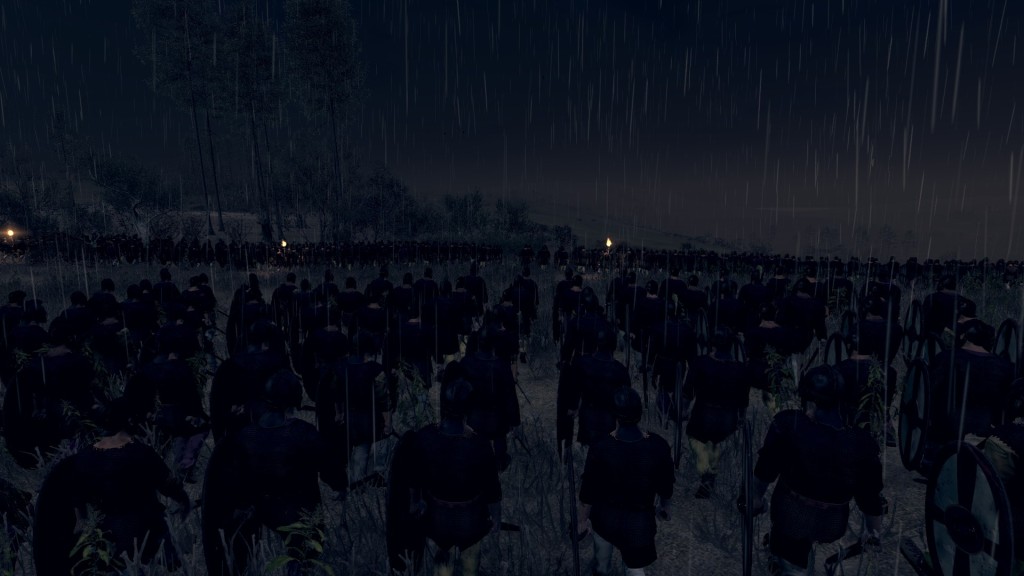 The East endures. I closed out 2015 by returning to the grand campaign of Total War: Attila, this time as the Eastern Roman Empire. Like its Western sibling, the ERE is beset with enemies. Unlike my WRE game, I’ve been able to fight them off, a journey both exciting and memorable.
The East endures. I closed out 2015 by returning to the grand campaign of Total War: Attila, this time as the Eastern Roman Empire. Like its Western sibling, the ERE is beset with enemies. Unlike my WRE game, I’ve been able to fight them off, a journey both exciting and memorable.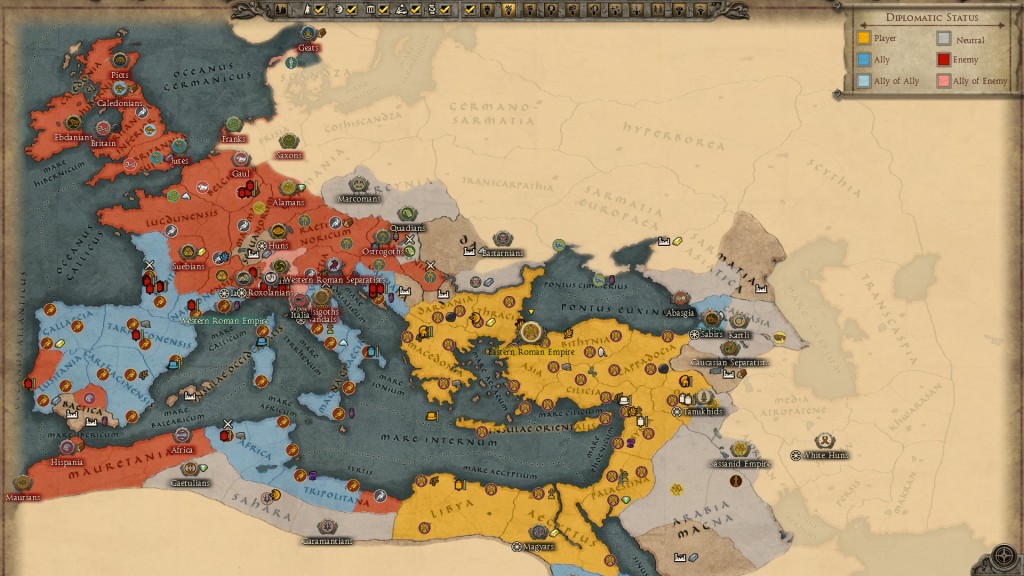
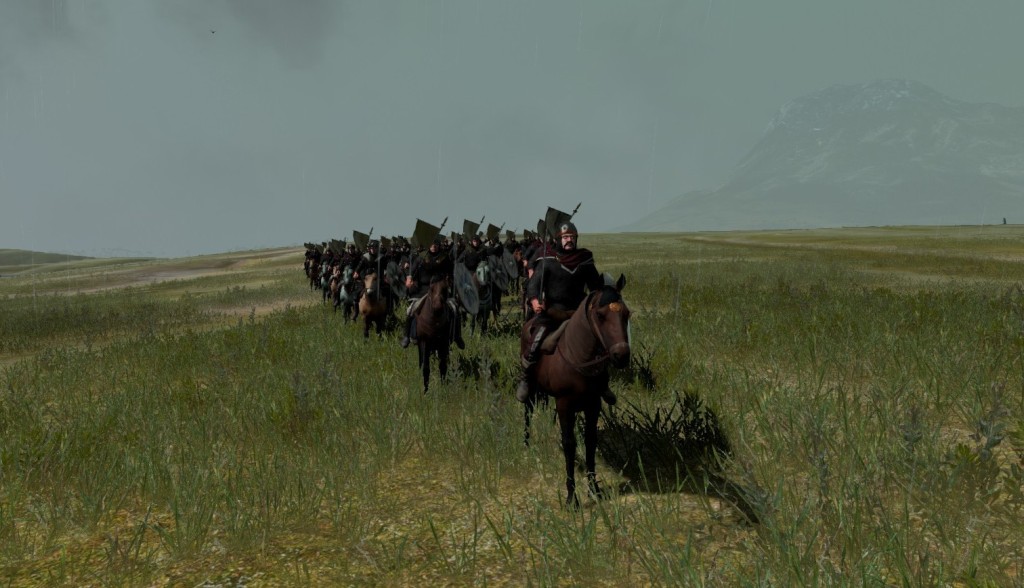
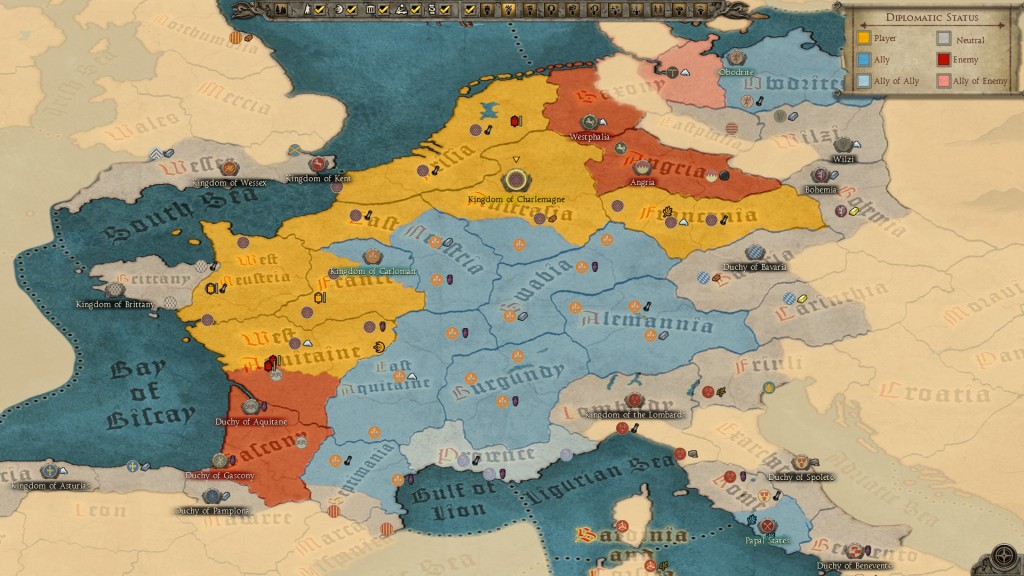
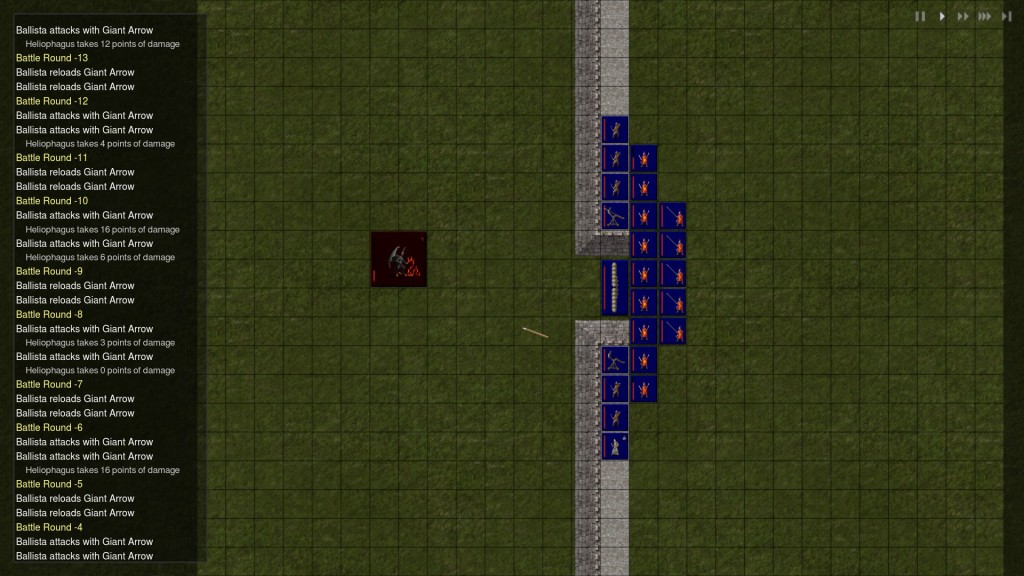
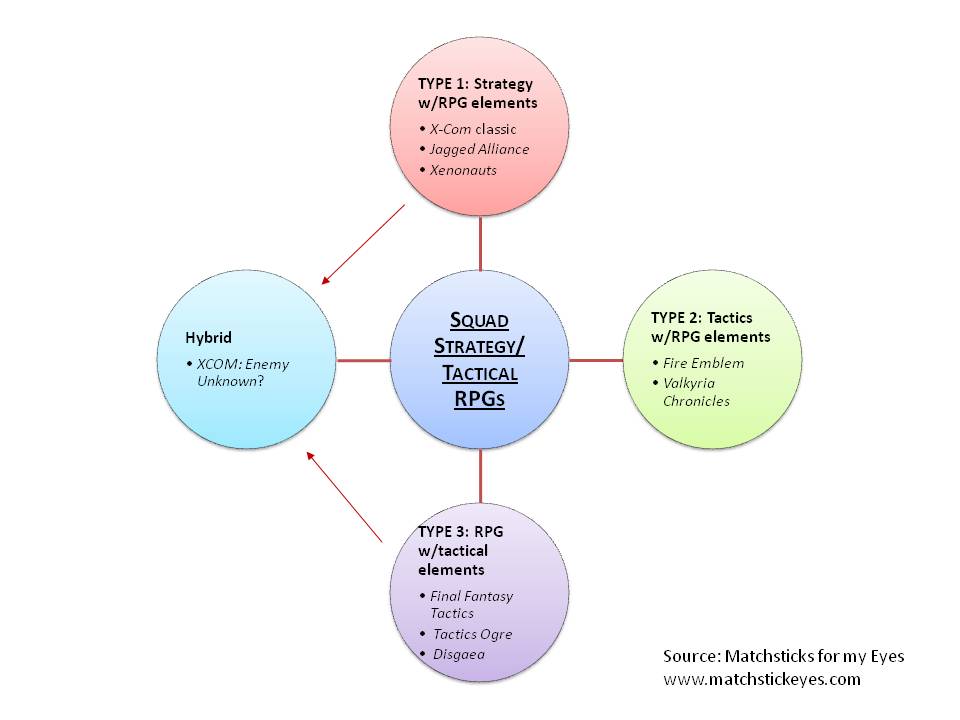
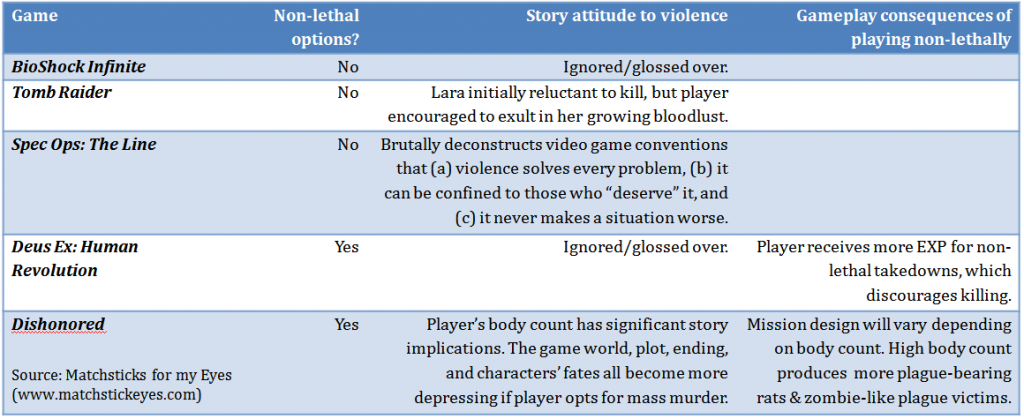 Read more here
Read more here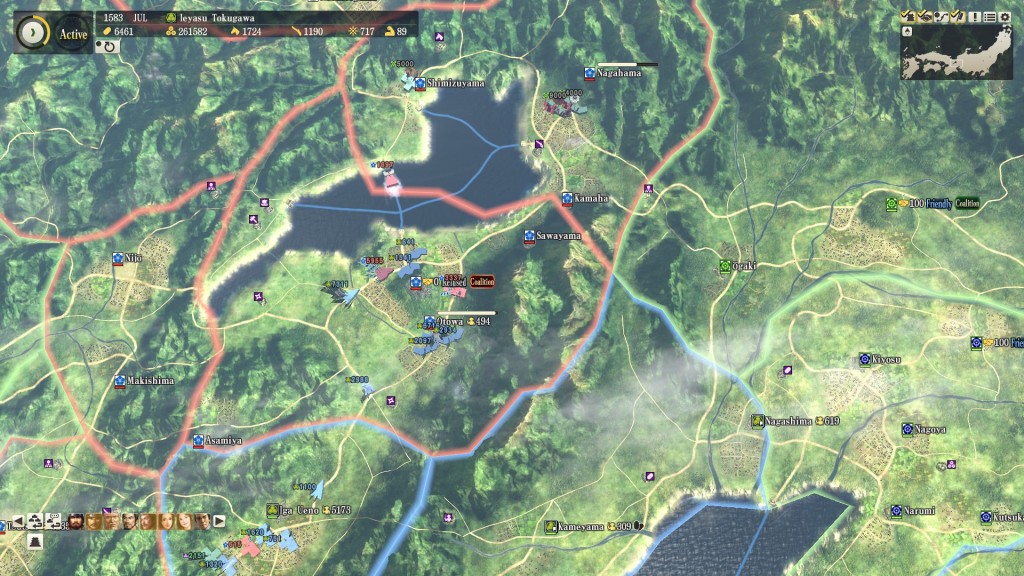
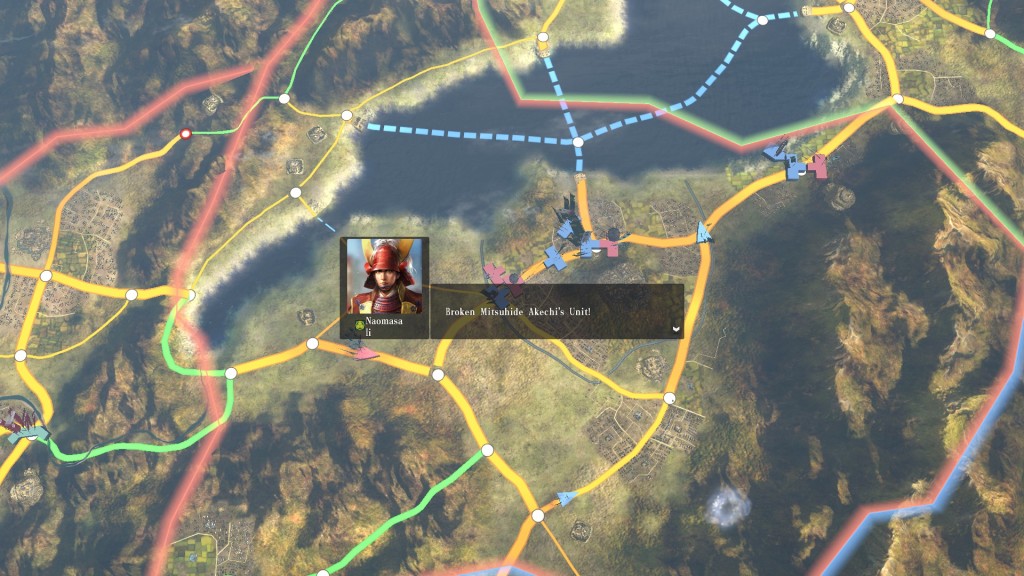
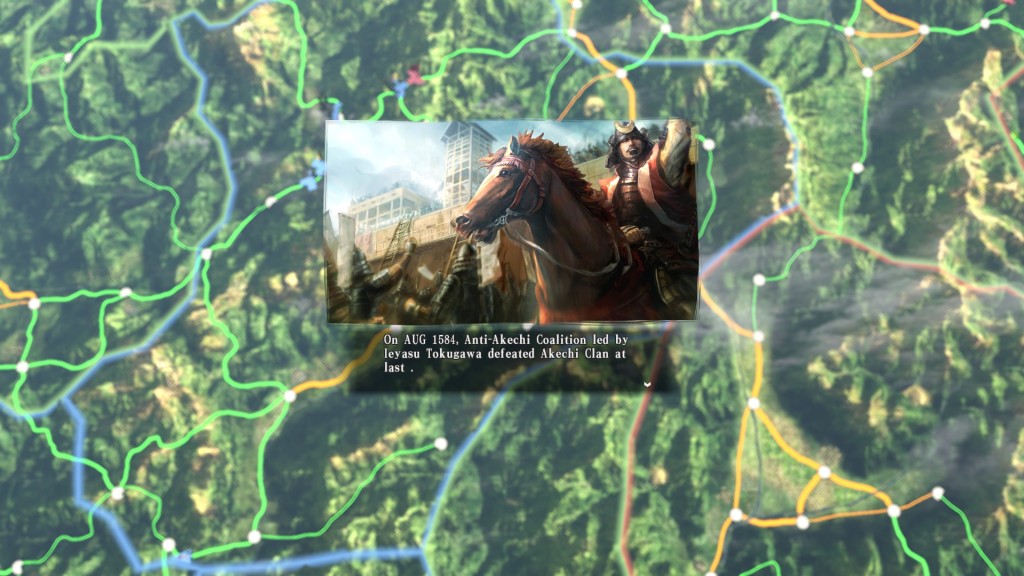
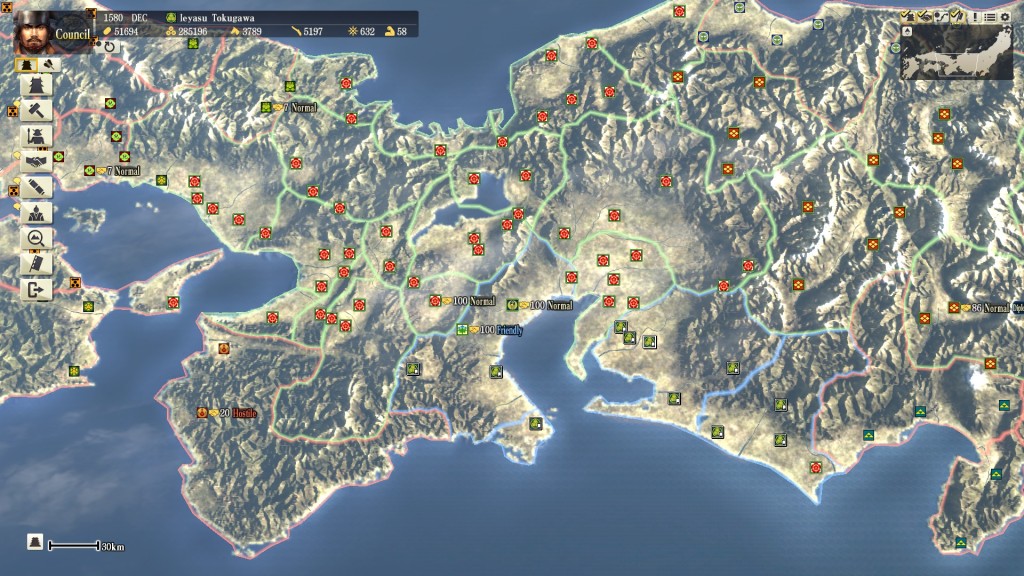
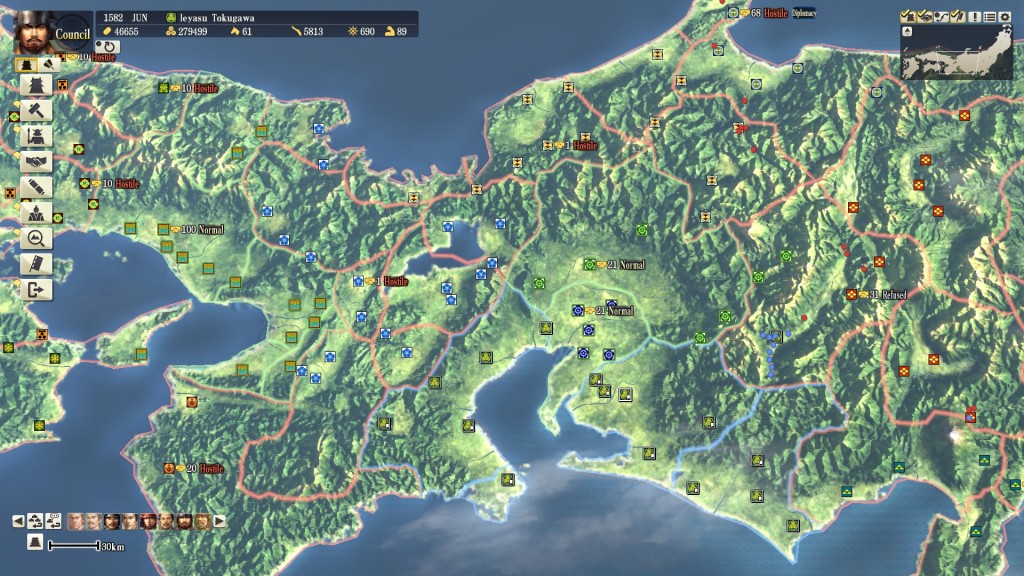
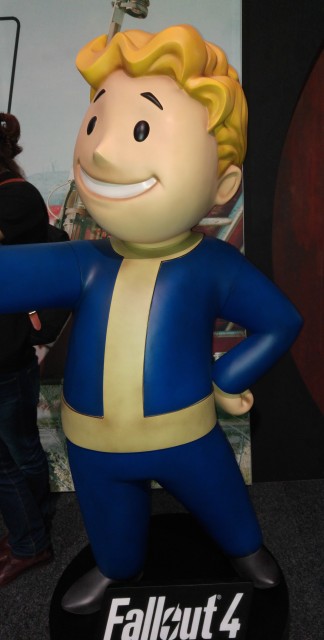

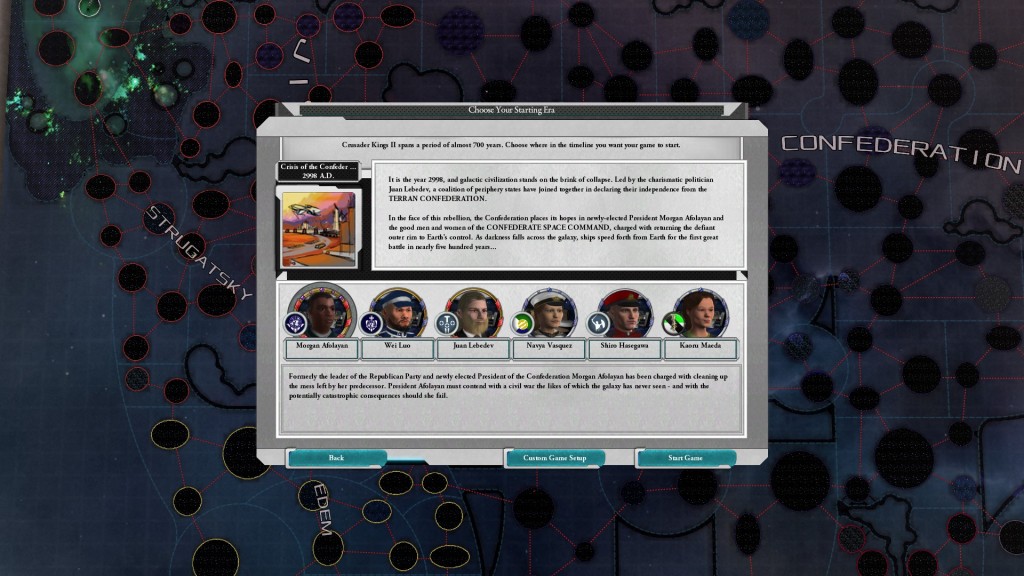
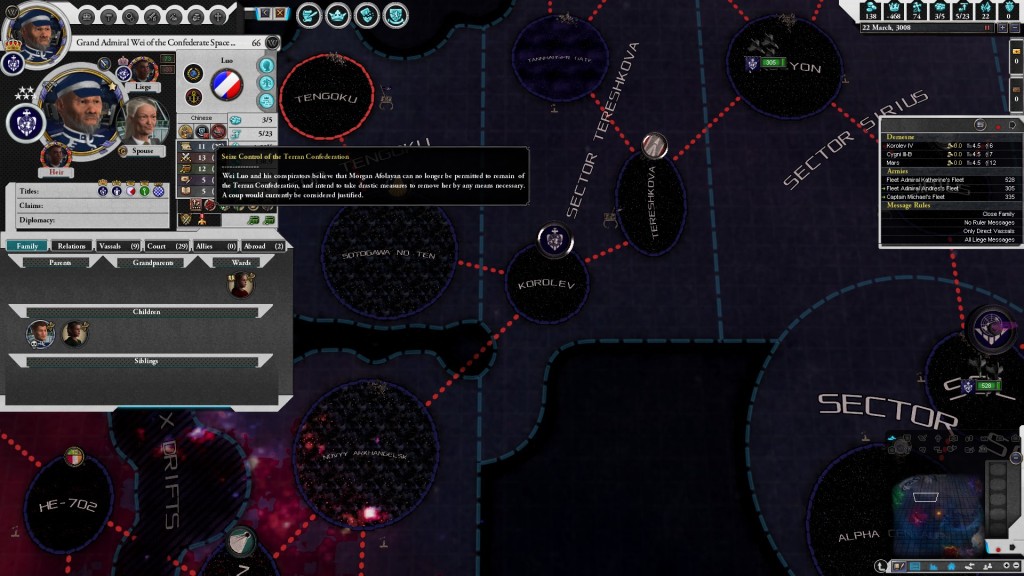
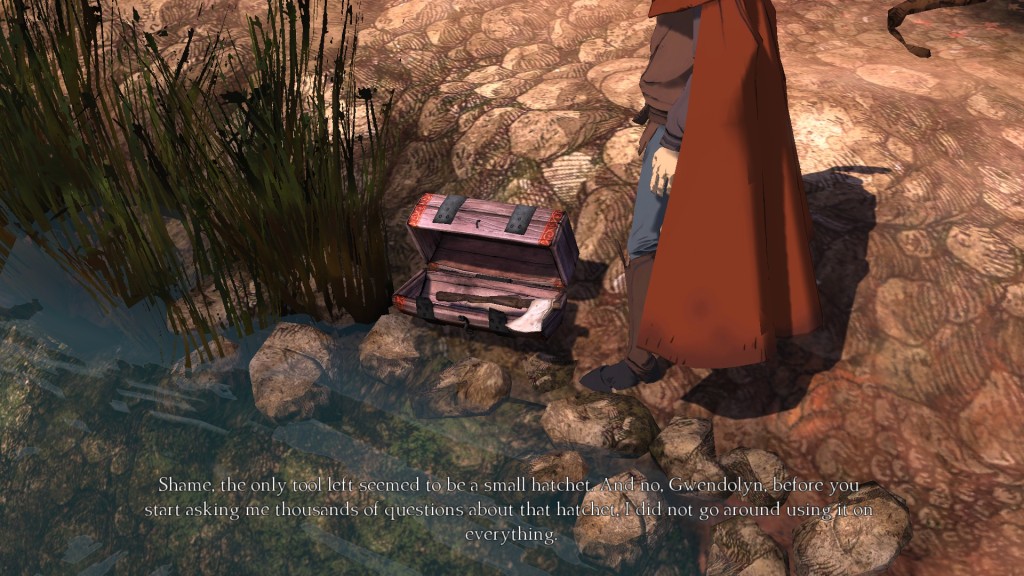
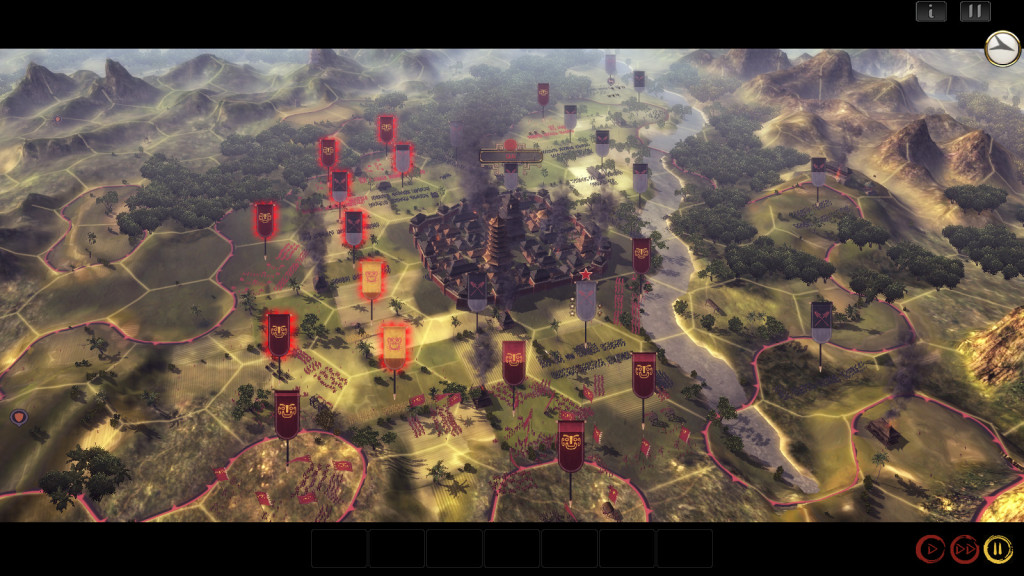
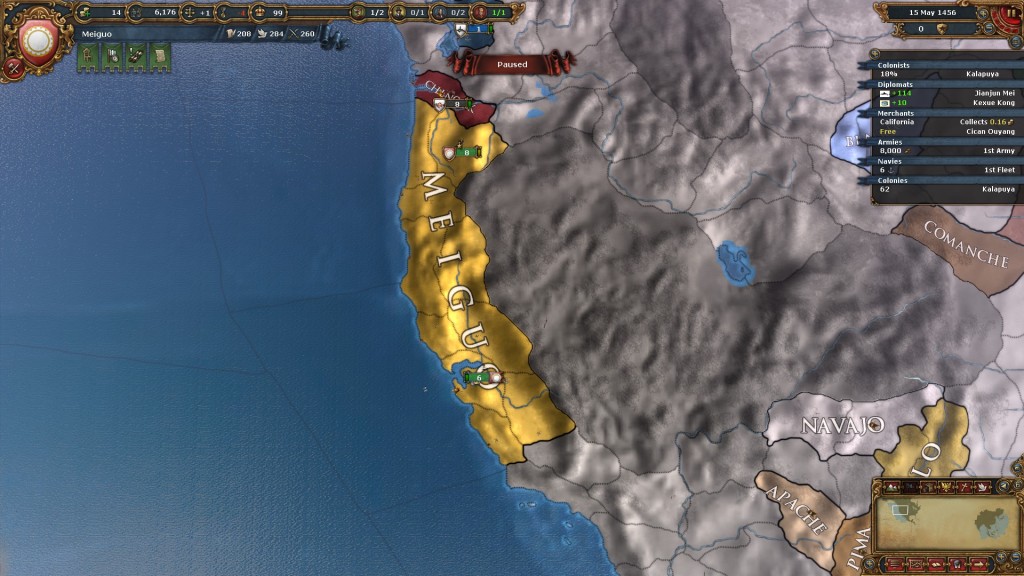
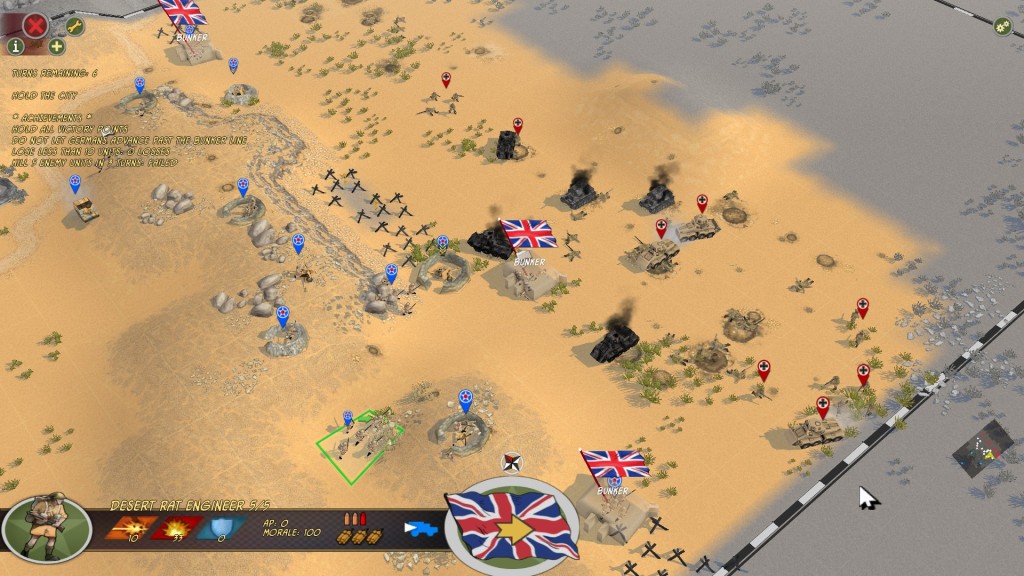
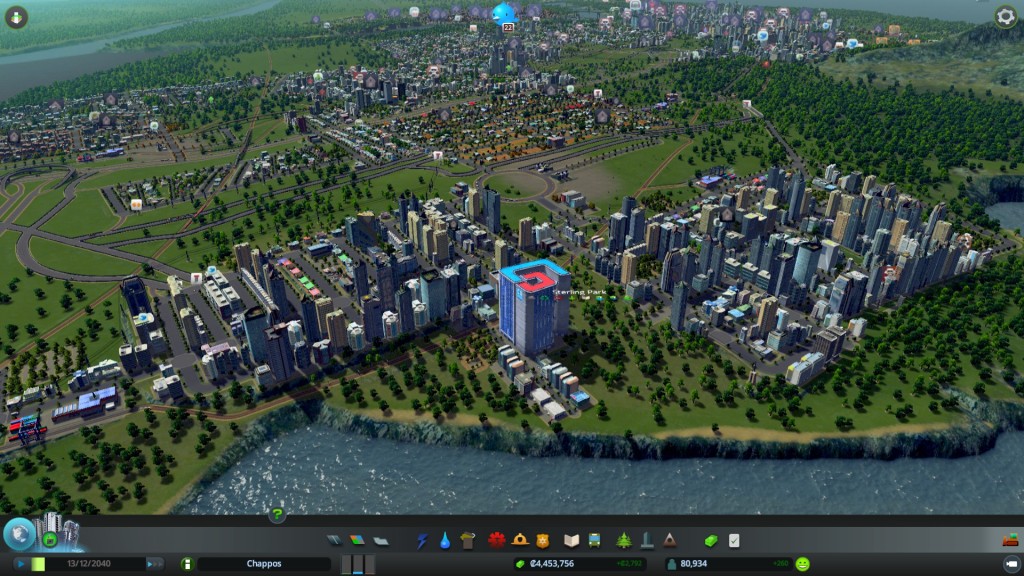
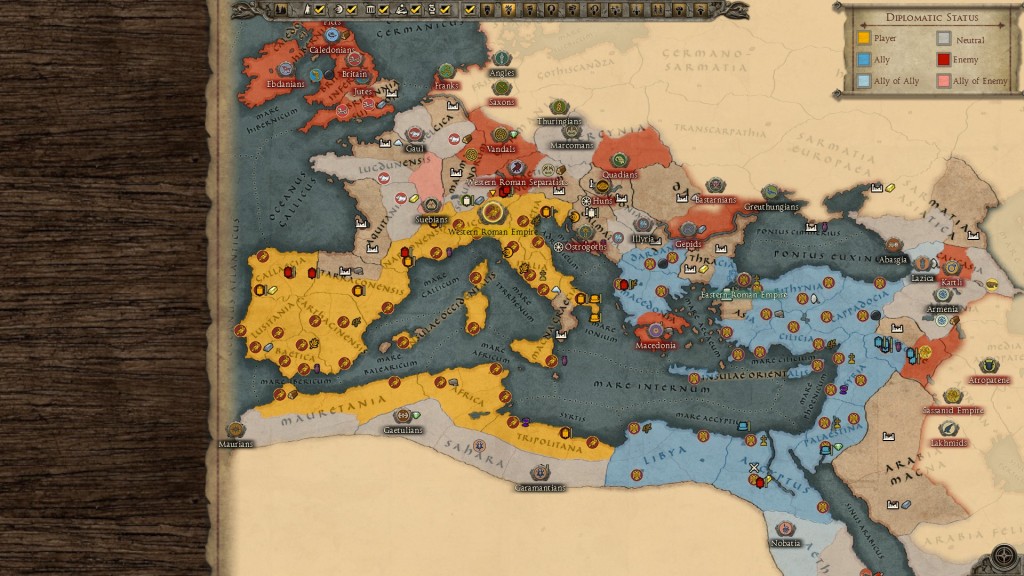
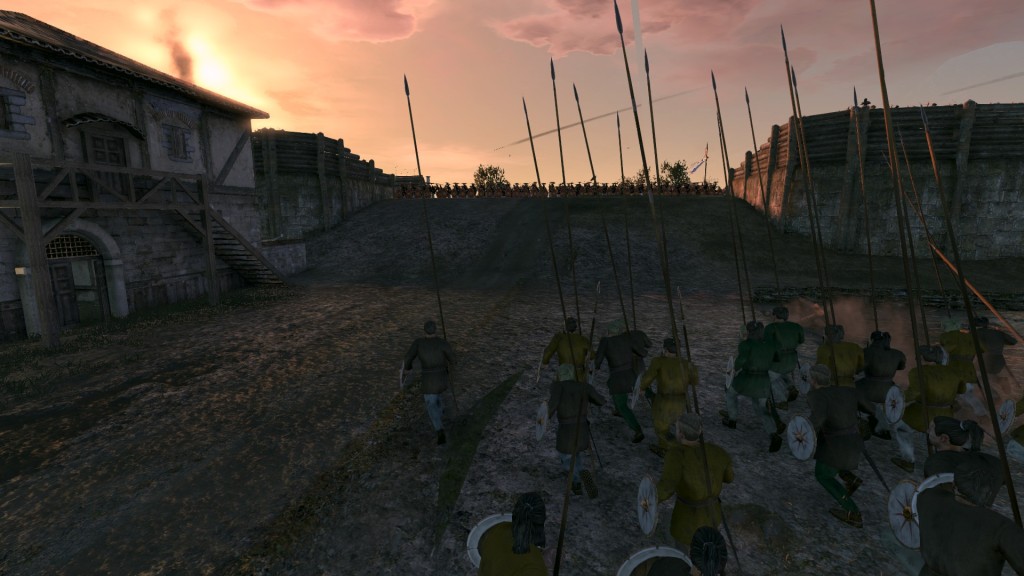
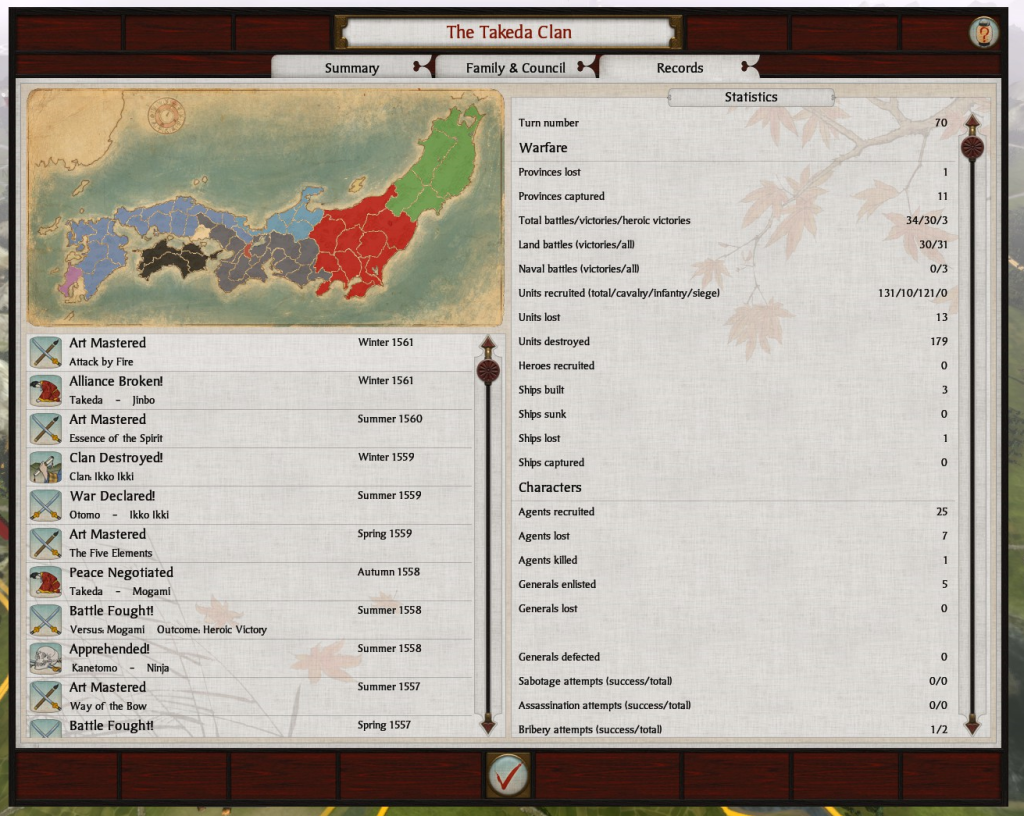
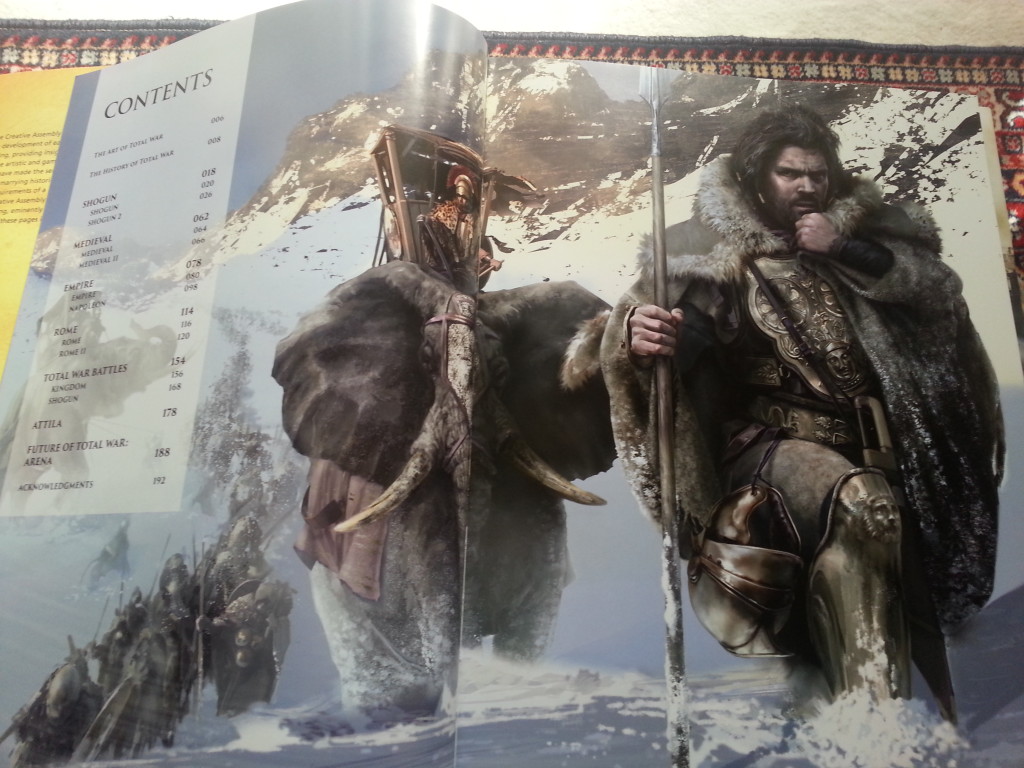
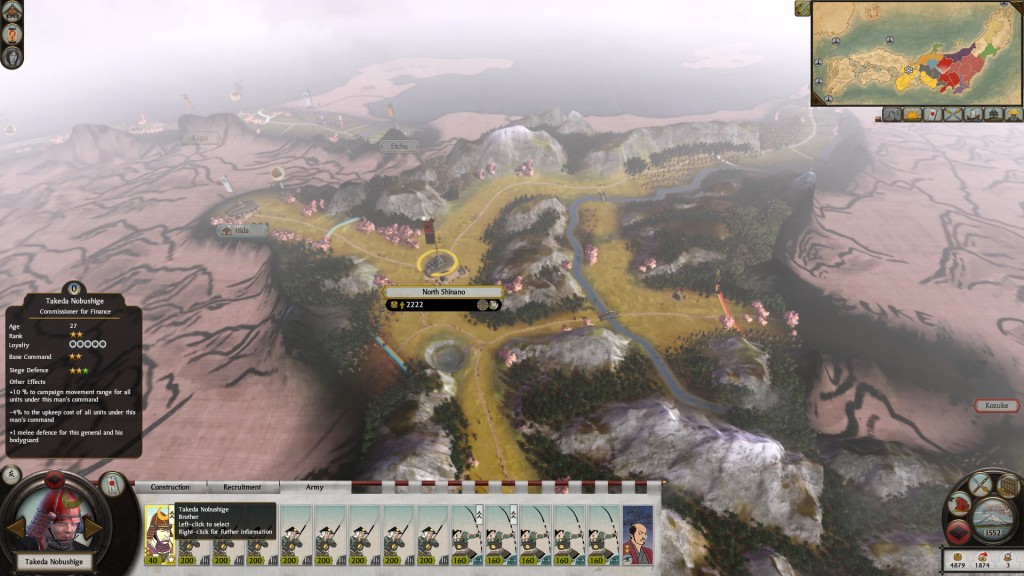
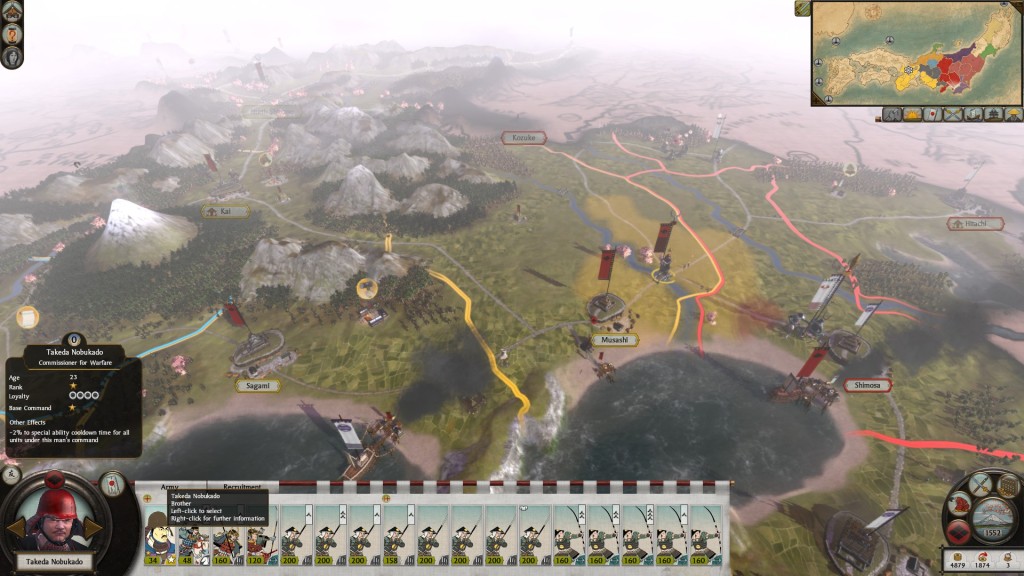
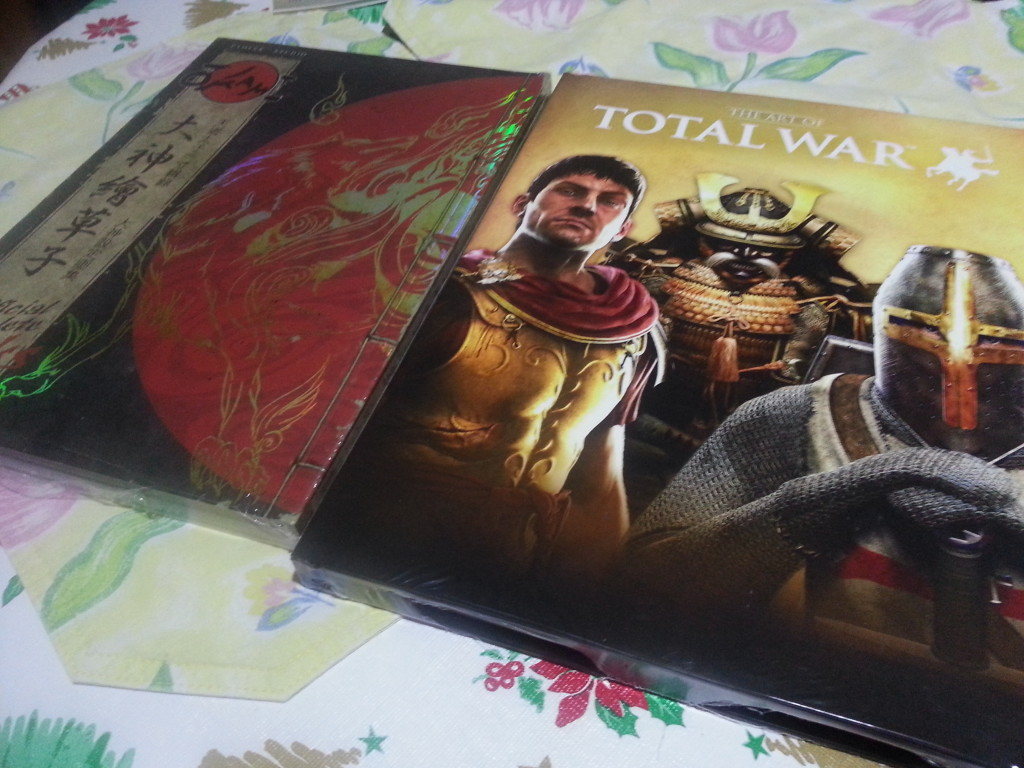
V65 is built on extreme asymmetry. When all goes well, US infantry can race from village to village in their transport helicopters, while tanks, gunships, and howitzers dominate the countryside as far they can reach. Not everything will go well:
At times, there were moments of panic: when supply convoys came under RPG fire, making me wonder if my distant troops were cut off; when the Viet Cong emerged at 2-3 points and I only had enough firepower to respond to one; when my only helicopter gunship came crashing down.
Eventually, I won both games1 with a two-pronged strategy: I carpeted the map with outposts, extending the range of my helicopters and artillery, while training enough South Vietnamese troops to hold the line. Now, I feel that I have a good enough grasp of the basics that I can experiment with different game modes, or just move onto another title.
Overall, V65 turned out to be precisely what I wanted from a strategy game: quick to play (a few hours per match), simple to pick up, and at the same time, fresh and thematically evocative. For $10, this is well worth a look for genre fans.
Further reading (and listening)
The Three Moves Ahead episode that sold me on V65. Contains a great discussion of the game, its depiction of its topic, and some really handy tips.
Tim Stone’s review.
Rob Zacny’s review.